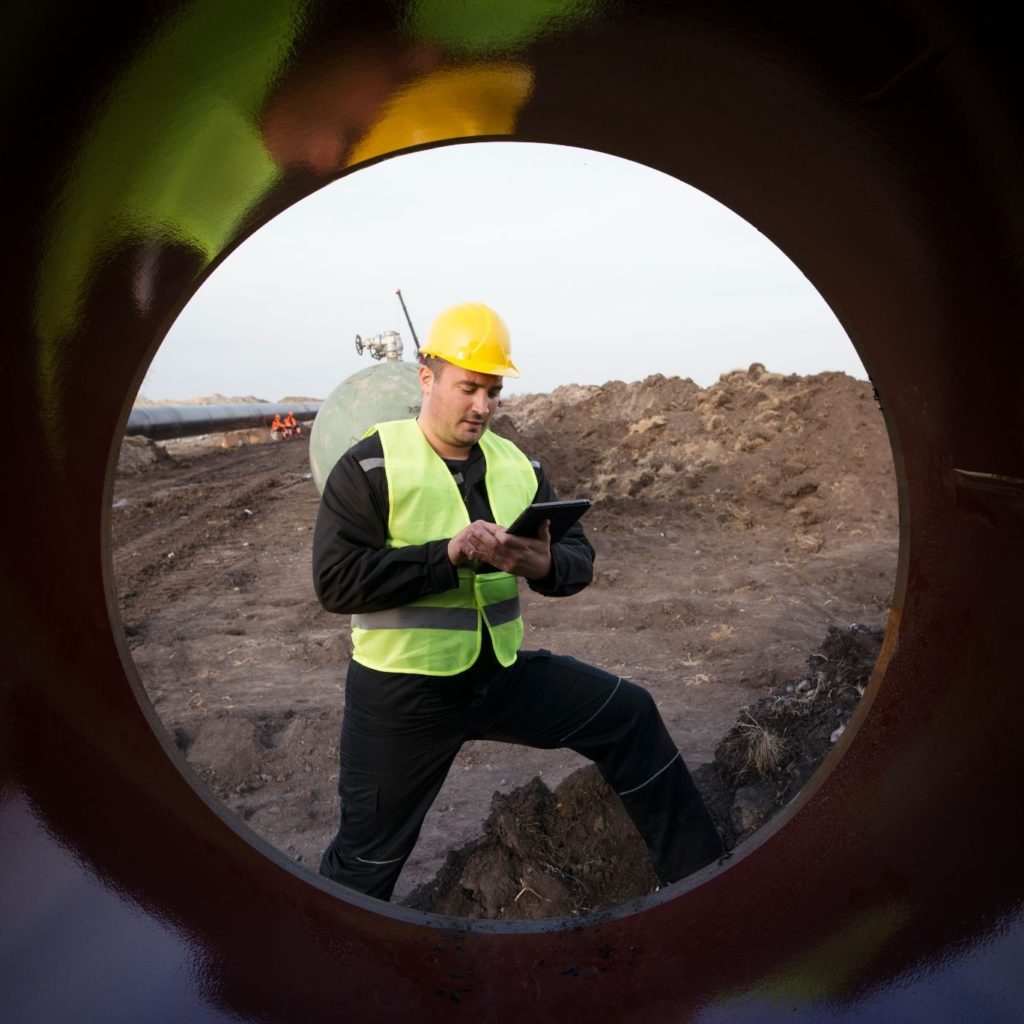In this introduction to the oil and gas industry, we offer a snapshot of the oil sector. We are researching its development to facilitate the training of oil and gas professionals. These include the exploration of underground and underground natural gas fields, oil fields, drilling and exploration, well drilling, oil field equipment for sale and the construction of wells to extract oil and/or gas.
Upstream exploration and production (E & P) companies find deposits and drill oil and gas wells. Midstream companies are responsible for transporting these wells to refineries, while downstream companies are primarily responsible for refining and selling finished products. The income of service companies is closely linked to the level of activity in the oil and gas industry.
These companies are responsible for the removal of contaminants and the conversion of oil and gas into products for the general public such as petrol, kerosene, fuel oil, asphalt, etc. The upstream business consists of companies involved in the exploration and production of oil or gas. E & P companies indicate their oil and natural gas reserves as the amount of oil and / or gas they have in the ground on the same Bbl / Mcf terms.
Large oil and gas companies tend to be well positioned at least when it comes to not going out of business. Market capitalization plays a role in this sector as cyclical price declines can push smaller oil and gas companies into bankruptcy. The price of oil or gas is also an important factor in the valuation of oil and gas stocks. So is the price of oil field equipment for sale.
The oil and gas industry has experienced significant volatility in recent years, leaving energy investors wondering which oil companies lead the pack and whether they are a wise investment. This is just one of the many reasons I would like to highlight when I say that we need an oil and gas market for industry. It is there for a reason and could become the next hit trend in the oil and gas industry.
It is up to the end users, the customers of oil and gas products, to give them their ultimate value. The largest quantity of products in the oil and gas industry are fuels such as oil, gasoline, gasoline, etc. Oil products are fuels produced from hydrocarbons containing petroleum or natural gas.
Other companies are independent petrol station suppliers of motor oil products, private heating oil suppliers, propane gas distributors and many others. The downstream segment of the oil and gas industry supplies thousands of products to end users and customers around the world. It is a complex global business in which profits are made on the margins of crude oil and refined products.
The good news is that unlike banks and insurance companies, oil and gas companies sell people material products, so your model should be similar. Diversified oil and gas companies have different statements, but you can see more items related to their midstream and downstream capabilities; a good example is to click here to see Exxon Mobil’s financial statements.
Once an oil or gas deposit is found, companies drill and test wells to determine the quality of the deposit, drill production wells, connect the associated infrastructure, and make money. Oil companies cooperate with businesses that make oil field equipment for sale readily available. A representative of two oil and gas companies, a frac job supervisor and an engineer perform the calculations.
Add time and other sector-specific risks and you might choose to avoid the oil and gas industry altogether. However, the trend towards renewable and alternative energies poses a threat to traditional oil and gas companies. To address similar challenges in the B2B sector, the oil and gas market has a similar model to other heavy industries.
To facilitate procurement, oil and gas companies are connecting buyers and suppliers who provide oil field equipment for sale, building an efficient network, and planning to facilitate the process for everyone in the industry. Thanks to Amazon and Alibaba, oil and gas markets are a thing of the past.
The oil and gas industry is one of the largest dollar-value sectors in the world and produces an estimated $3.3 trillion in annual revenue. It continues to exert an incredible influence in international business and politics, and, given the level of employment in the US, it supports more than 10 million jobs.
While company-specific ESG measures continue to evolve, Canadian oil and gas companies historically have performed well on these measures. Although there is no recognised common framework for ESG valuations, individual Canadian oil and gas companies are among the frontrunners, according to a number of independent assessments, including from BMO Capital Markets and Markit.
When investing in oil and natural gas, you should be particularly interested in low-carbon production plants, as they are likely to be more resilient and have lower carbon taxes and environmental liability.
What is important in this article on oil and gas is the basic paragraph on pricing. Crude oil and natural gas are commodities whose value on the market fluctuates daily. The New York Mercantile Exchange (NYMEX) is the primary market maker of these commodities.
The actual cash or physical price that licensees and oil companies receive is based on the contract price set each month. Remember that as an oil company, as a licensee, you benefit from negotiating the best possible price. To return to the first point, oil and gas companies follow commodity price cycles and keep an eye on oil field equipment for sale.
There are many differences between oil and gas companies and mining companies, but the larger one is that they have no control over the price of their depleted assets, which must be replaced. An oil and gas company can produce more and generate revenue, but its assets will diminish as it depletes the valuable resources it finds in the ground.

